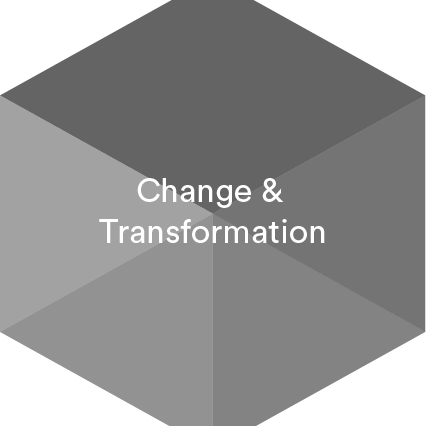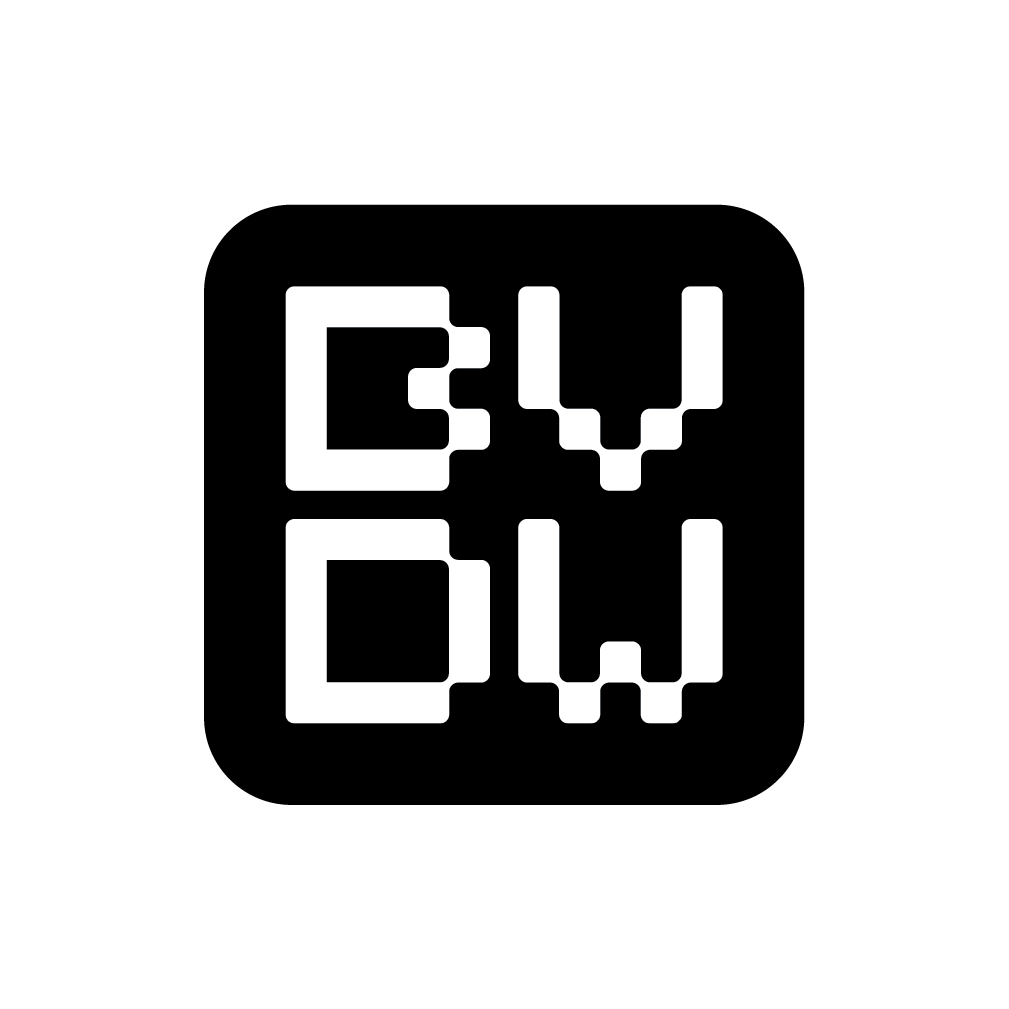
Change & Transfromation
Digital change focuses on the action by people - The transformation of processes, products, and technologies requires deliberate and adaptive management.
Description
Although the digital transformation of businesses might be challenging it offers clear prospects. Introducing people, processes, and products to a value-orientated CDR framework is a central objective to realize a successful digital adaptation and transformation.
This action field addresses the following dimensions of change:
People/Processes/Products/Technology
Internal Stakeholders: Employees, managers, the works council, Human Resources
External Stakeholders: Customers and business partners
- Introduction of a digital change framework
- Implementation of awareness-raising measures and training program on digital change
- Establishment of communication channels, exchange, and dialog
- Definition of roles and delineation of responsibilities within the area of digital change
- Determination of access points for employees to talk about concerns and needs related to digital change
- Development of a framework for digital change
- Definition of a human-cantered approach to change
- Conducting workshops on innovation and change
- Enable coordination with the works council, HR, and other stakeholders
- Identify relevant roles and processes that are affected by digital change
- Integration of digital change into management and HR processes
- Setting up a change and awareness program for employees and managers
- Establishment of an internal and external dialog format
- Spiral Dynamics
- Lean Change-Management
- Integrale Organisationsentwicklung
- ADKAR
- Lewin
- McKinsey 7-S
- The Kübler-Ross Model
- Satir Change Management Model
- William Bridges’ Transition Model
- Intrinsic change curve
- KMUdigital
- Various courses of study
- Various continuing education courses on digital change
- Change Canvas
